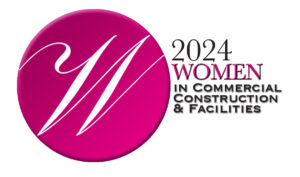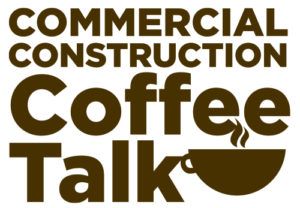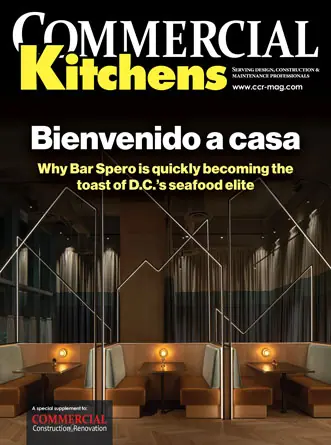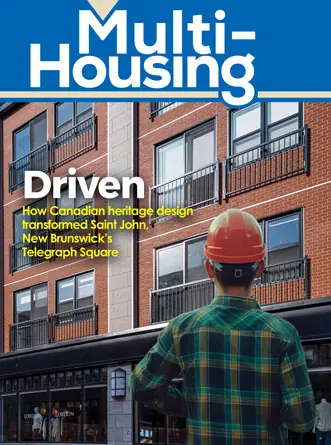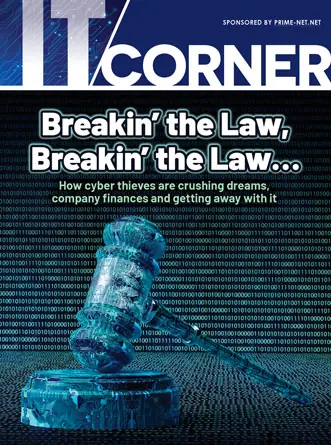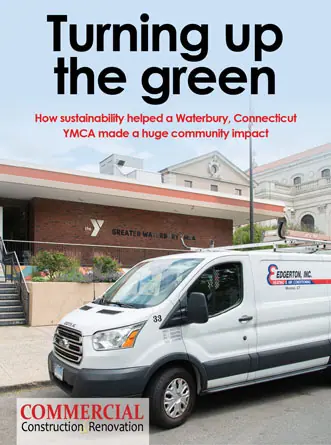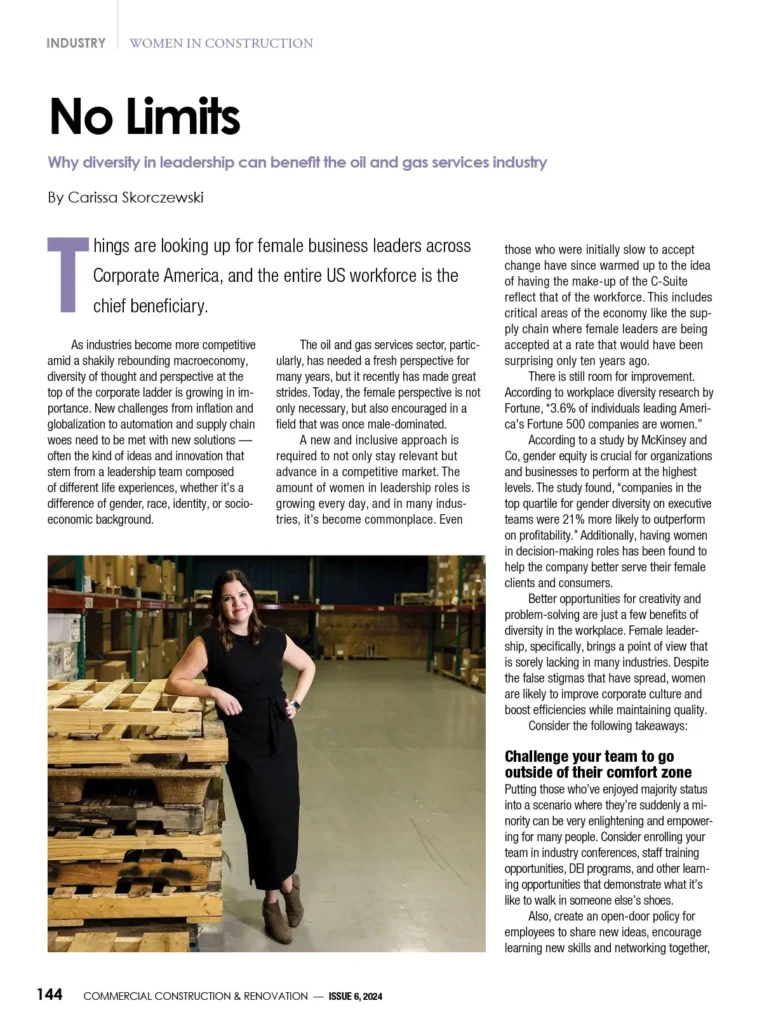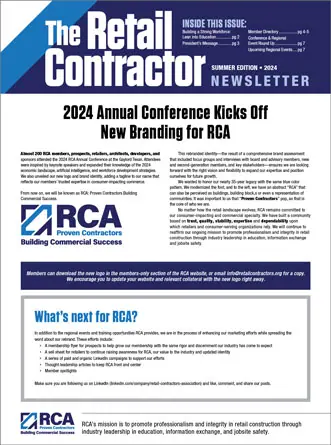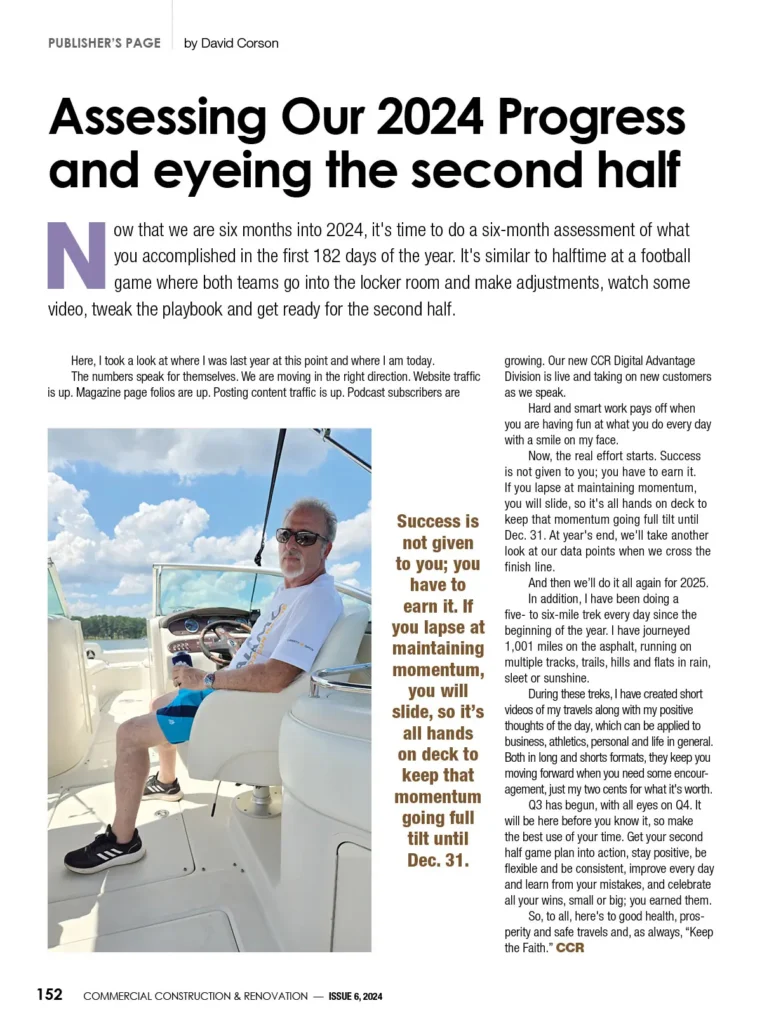The U.S. Department of Energy reports that, as of 2021, buildings consume 39.1% of U.S. energy and 75% of electricity, (1) which accounts for 16% of carbon emissions. (2) Creating a comfortable indoor environment by providing adequate light and temperature control uses most of this energy. Buildings that effectively insulate from moisture and wind while allowing fresh air and natural light through windows create the most beneficial environment for occupants. At the same time, standard commercial windows and curtain walls are the most significant thermal leak in office buildings, accounting for up to 25% to 30% of heating and cooling energy use.(3) Until now, upfront costs have prevented builders from selecting energy-efficient fenestration options.(4) However, Todd Frederick of FreMarq Innovations has developed new technology that enhances curtain wall efficiency and increases return on investment for building owners — for the same or lower upfront costs as less efficient options.
There are about 5.9 million commercial buildings in the U.S., and the total square footage of office space is steadily increasing. (5) The federal government alone, not including state governments and special authorities, owns approximately 270,000 buildings. (6) In an era keenly focused on climate change, continuing to use energy-inefficient windows amounts to an ongoing energy leak of unsustainable proportions. Our communities and environment demand build structures that reduce CO2 emissions and rate as high performance as possible.
FreMarq Innovations is pioneering the efforts to reduce carbon emissions and energy waste with the only patented technology to eliminate the most significant source of energy loss in commercial buildings — inefficient windows. Aligning with global goals, FreMarq’s retrofit system gives building owners a way to upgrade existing low- to mid-rise curtain wall installations, bringing them up to or beyond current energy codes. A building’s existing envelope can be modified to outperform even the highest-performing competitive new construction products at potentially half the replacement cost.
For new constructions, their Zero•Net™ curtain wall systems incorporate FreMarq’s FortMax™ patented and cost-effective thermal barrier to provide industry-leading performance. When combined with standard 1″ double IGUs, designers can achieve U-values that traditional framing systems can only obtain with expensive triple pane IGUs.
The energy consumption and consequent carbon emissions of commercial properties are unsustainable. The need for these properties is rising, not declining. The only way forward is to utilize the available green and energy-efficient technology. FreMarq Innovations provides a cost-effective solution that exceeds energy code requirements and benefits building owners, occupants, and communities.
About FreMarq Innovations
FreMarq Innovations, based in Merrill, Wisconsin, is an innovative architectural framing company founded in 2016 to develop energy-efficient curtain walls and windows with performance that was previously deemed “impossible.” Not only did they engineer and patent their technology, but they also made it available to all architects and building owners at an affordable price — and they did it in less than six years. They exist to bring about the change in the design and construction of high-performance buildings with zero negative consequences—reducing carbon emissions through the use of FreMarq’s Zero•Net™ fenestration solutions. Find out how this technology, combined with architectural engineering and ingenuity, can create buildings that can last, perform, and serve: visit https://fremarqinnovations.com/
References:
1. U.S. Department of Energy. “Pathway to Zero Energy Windows Advancing Technologies and Market Adoption.” April 2022, nrel.gov/docs/fy22osti/80171.pdf.
2. U.S. Department of Energy. “Energy Information Administration. Annual Energy Outlook 2020.” Table 18. Energy-Related Carbon Dioxide Emissions by Sector and Source. eia.gov/outlooks/aeo.
3. Energy.gov; “Update or Replace Windows.” Accessed Sept. 14, 2022. energy.gov/energysaver/update-or-replace-windows.
4. Blackston, Michelle; “Energy-Efficient Windows Help Reduce Carbon Emissions, Study Finds.” April 22, 2020, NFRC News Now nfrccommunity.org/blogpost/925129/346172/Energy-Efficient-Windows-Help-Reduce-Carbon-Emissions-Study-Finds
5. U.S. Energy Information Administration; “Commercial buildings have gotten larger in the United States, with implications for energy.” December 3, 2020, eia.gov/todayinenergy/detail.php?id=46118#: ~:text=CBECS%20estimates%20that%205.9%20million, was%20last%20conducted%20in%202012.
6. Littman, Julie; “Solving The Mystery Of Government-Owned Real Estate.” Apr 11, 2017, Forbes. forbes.com/sites/bisnow/2017/04/11/solving-the-mystery-of-government-owned-real estate/?sh=5085106e2bd0.

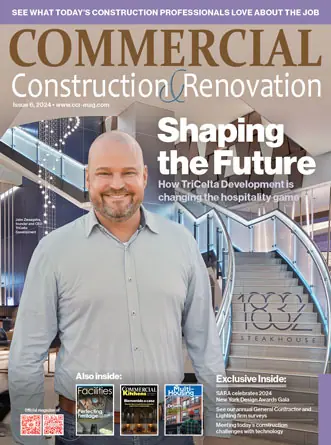




 The 2024 virtual Men’s Round Table will be held Q4, 2024, date TBD.
The 2024 virtual Men’s Round Table will be held Q4, 2024, date TBD.